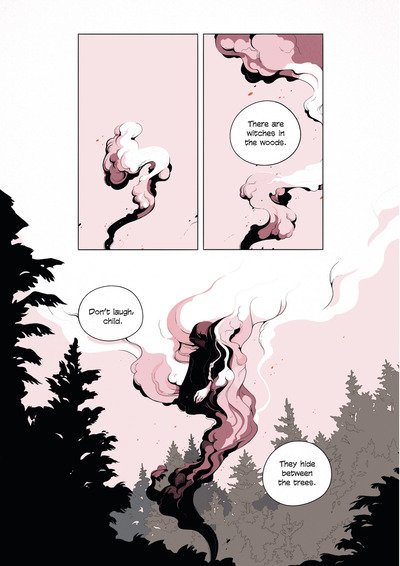Beyond the Darkness: Aleksander Lost in Bardugo's 'Demon in the Wood'
At a point in 2018, I would have placed Leigh Bardugo among my top favourite authors. It has unfortunately been a while since I last immersed myself in her work. That being said, I have always had a love for fantasy as a genre; the intricacy of creating entire worlds full of lore and magic was something I truly appreciated. Bardugo stood out as someone who had the ability to craft those complex narratives, yet make them entirely accessible. I was beyond excited to come across Demon in the Wood.
Demon in the Wood explores the history of the series’ core antagonist, Aleksander. A shadow-summoner from a world where magic is entirely shunned. People like Aleksander and his mother are called witches by ordinary folk—but among themselves, they go by the name Grisha. A term for people who can manipulate certain elements: water, air, or fire. There are those with the power to stop the beating of a heart. But Aleksander and his kin, they control darkness.
At its heart, this graphic novel dissects the nature of morality. Demonstrating, through beautiful illustration and a well-crafted narrative, that fear of the unknown, coupled with a refusal to understand or learn, leads to absolute blindness—the rejection of things we dare not comprehend.
Dani Pendergast created some absolutely amazing visuals. The fluidity of the style and the richness of the colour palette all complement a world that is beyond our own, but with a moral core we can all understand. Pendergast’s ability to illustrate magic, through the careful yet simplistic style used to animate the flow of power through hands, is thrilling to experience. I enjoyed that the artistic choices complemented the heaviness of the narrative rather than overwhelmed it, which often happens in graphic novels of this nature. The artwork worked. I understood Aleksander’s innate powers, but I also saw his volatility and his fear. One standout feature of the artwork for me was Pendergast’s use of colour, especially when it came to Aleksander’s powers. He controls darkness—shadow—but the richness of the colours chosen never felt dull or flat. It was so beautifully illustrated that I often forgot he was supposed to be considered the villain of the main story; but I must admit I never really saw him as such in the initial books.
I believed Aleksander’s character to be young; he has a sense of youth and innocence that is juxtaposed by the heaviness of his magic and the reality of his world. This serves as a driving factor for his choices, choices made in response to reality, not as a defiance of it. Unfortunately, this book fell short in showing us this; we never really got to explore his inner workings.
The story relied too heavily on the fear that non-magic people felt towards the witches, the Grisha. It felt as if the author wanted us to see the Grisha as bad, and the non-magic folk as living in fear. But this entirely shifted the focus from what this graphic novel was set out to be—an exploration of Aleksander in his adolescence. We definitely see parts of that life, but it’s intersected with too much external noise. The unfortunate truth is that, at the time of picking up this novel, I believed we would be finding out more about Aleksander as a person, and not just Aleksander as a perception. The juxtaposition of his life being parallel to the fear of the non-magic folk is effective, but only up to a certain point.
In conclusion, I did find a lot of enjoyment in the novel, especially the artwork. I was captivated by the story, but ultimately left wanting, as I felt there was a definite lack of character exploration. My disappointment stemmed solely from the novel's failure to deliver on its perceived purpose: to understand and experience Aleksander, and to find out the truth behind why he turned into the man he did—a villain, to some.
How do you think Demon in the Wood contributes to our understanding of the Grishaverse as a whole?






